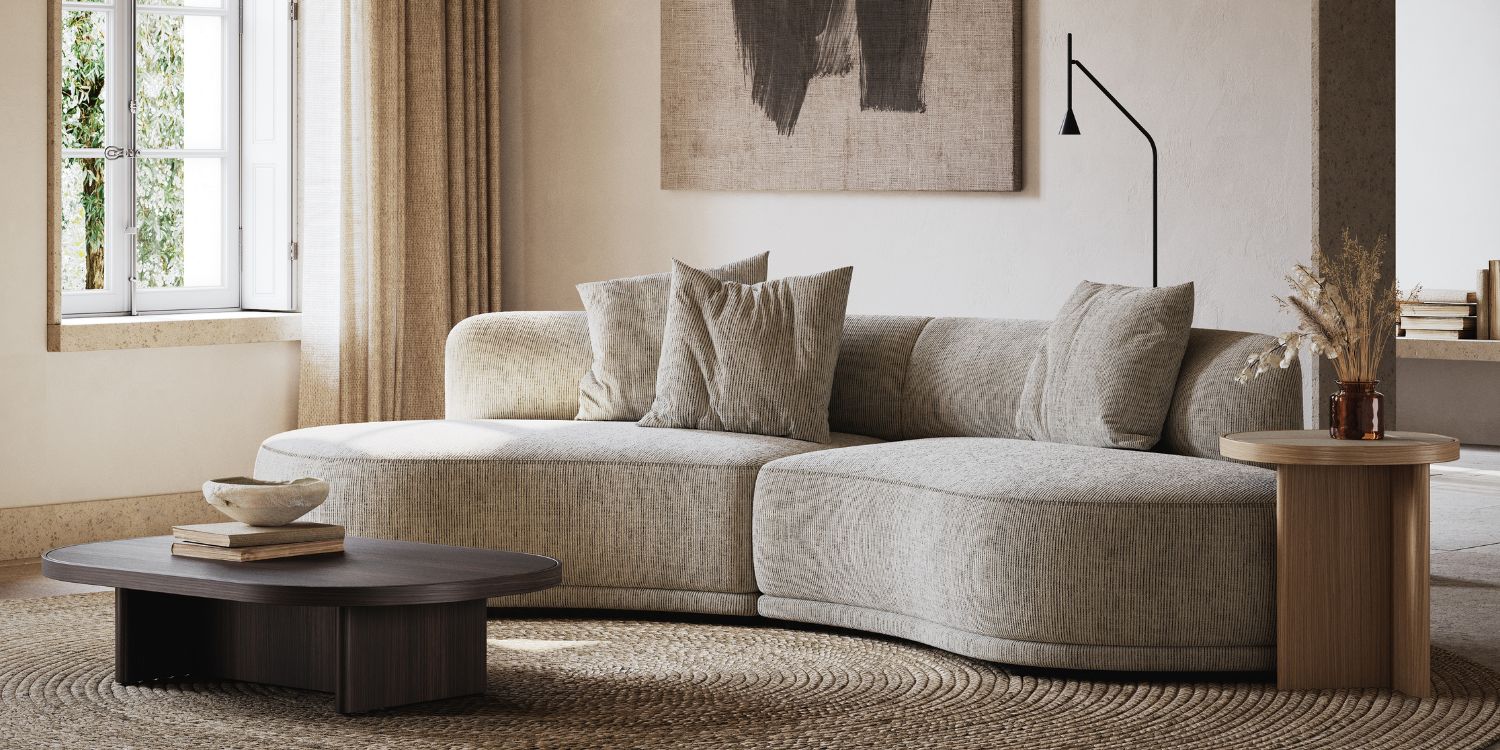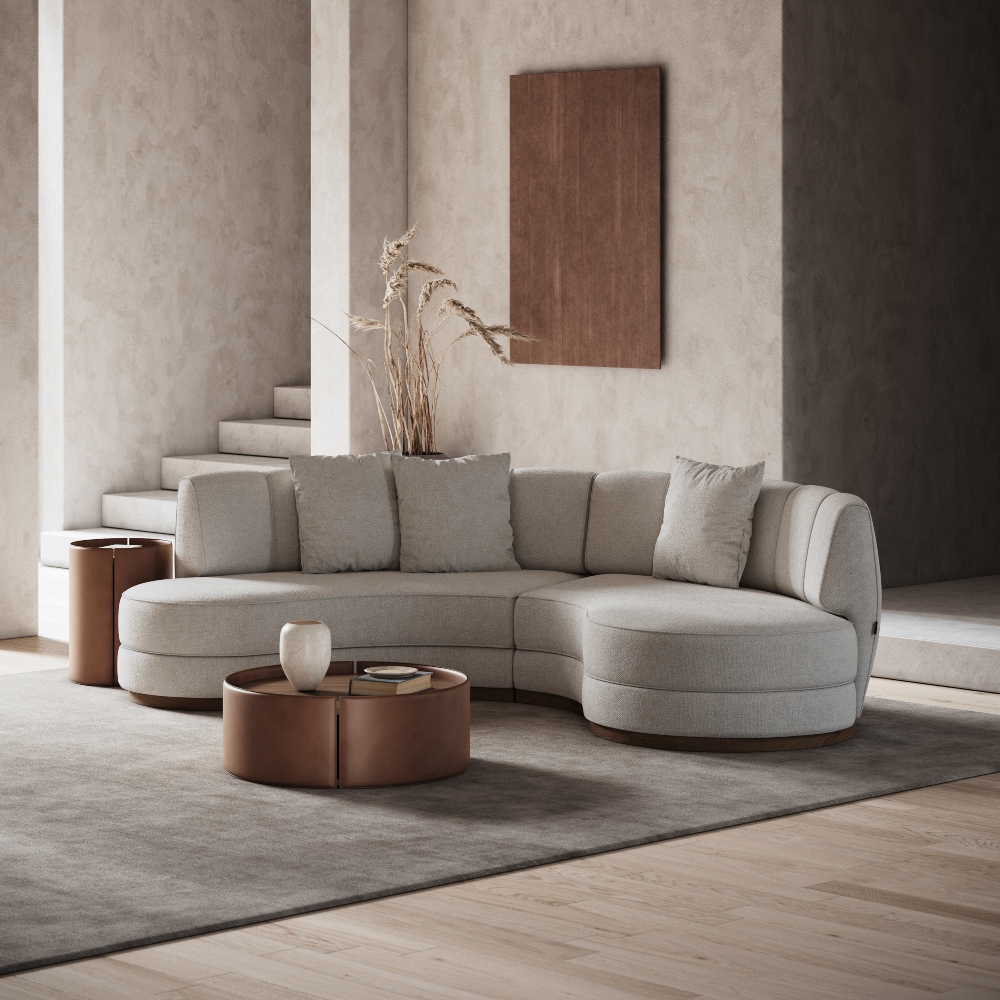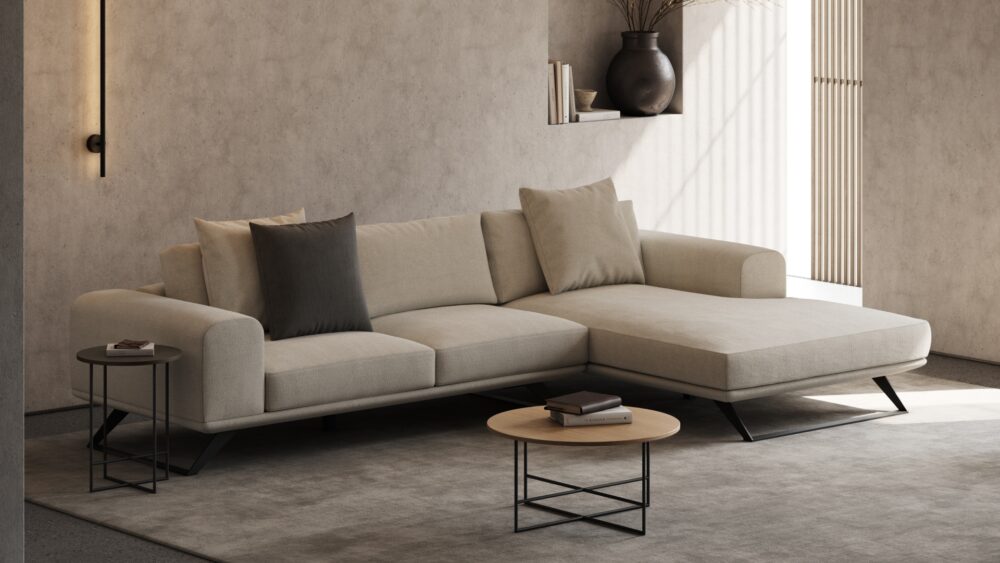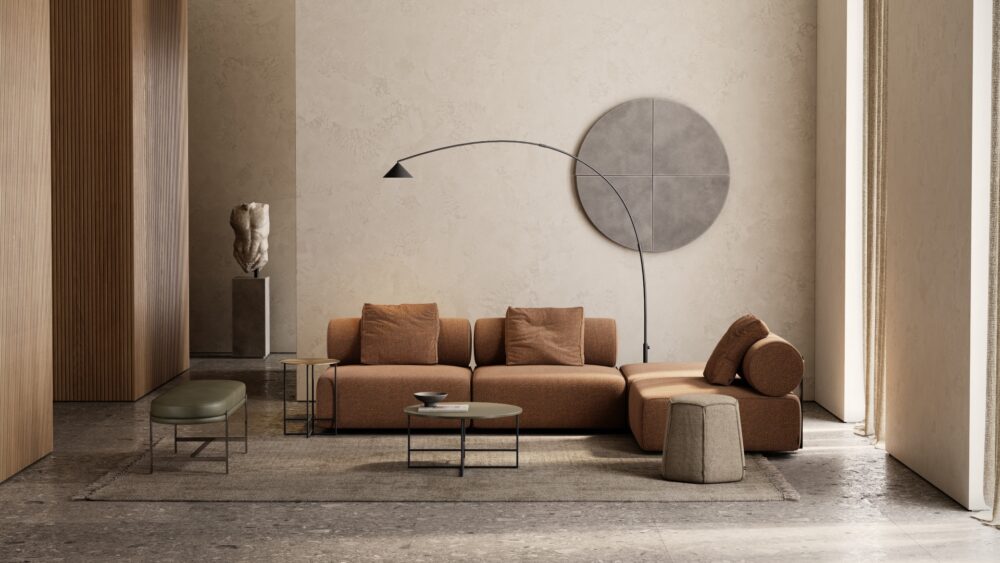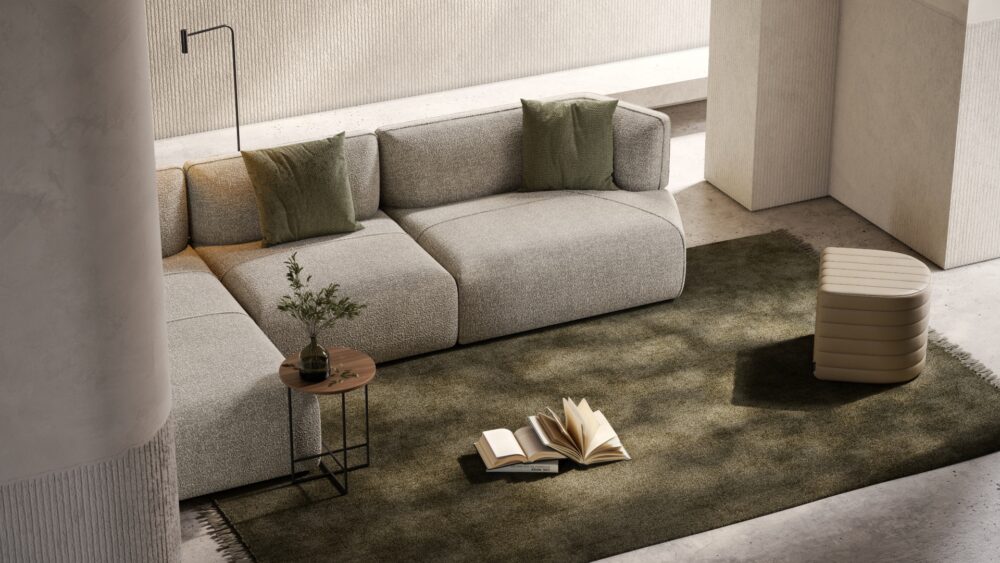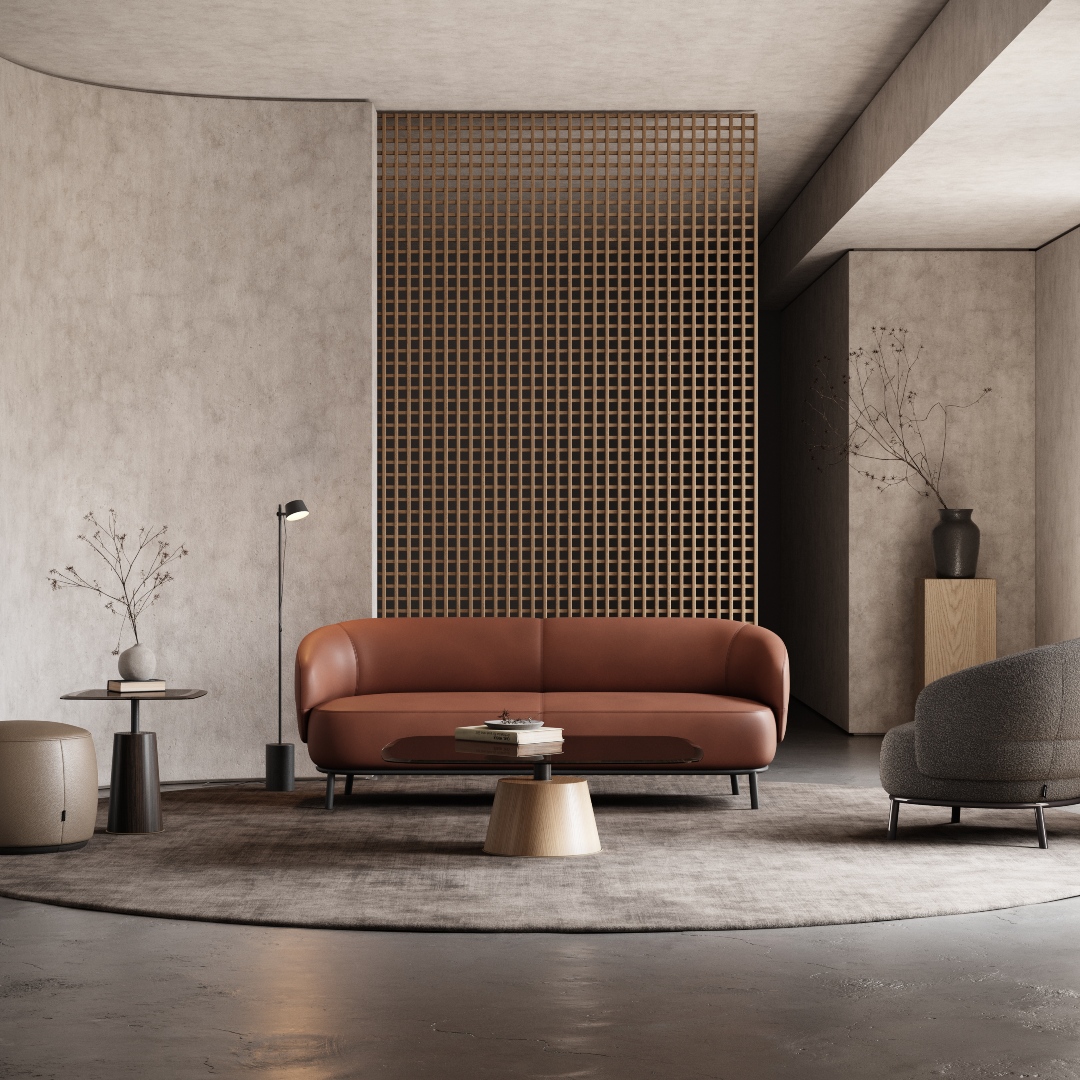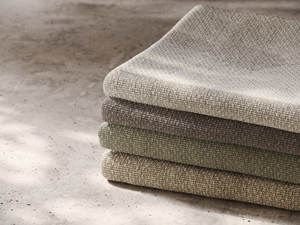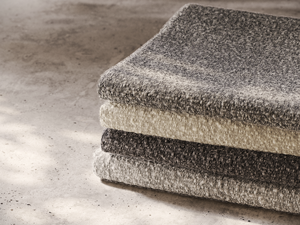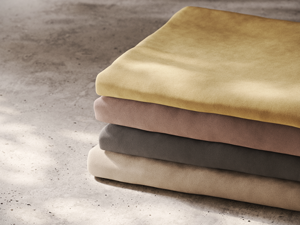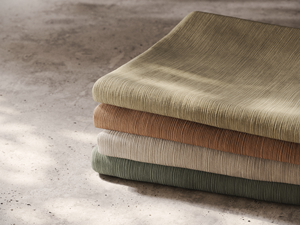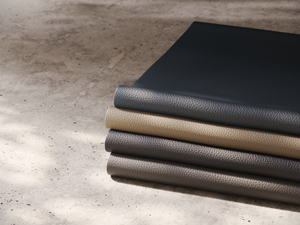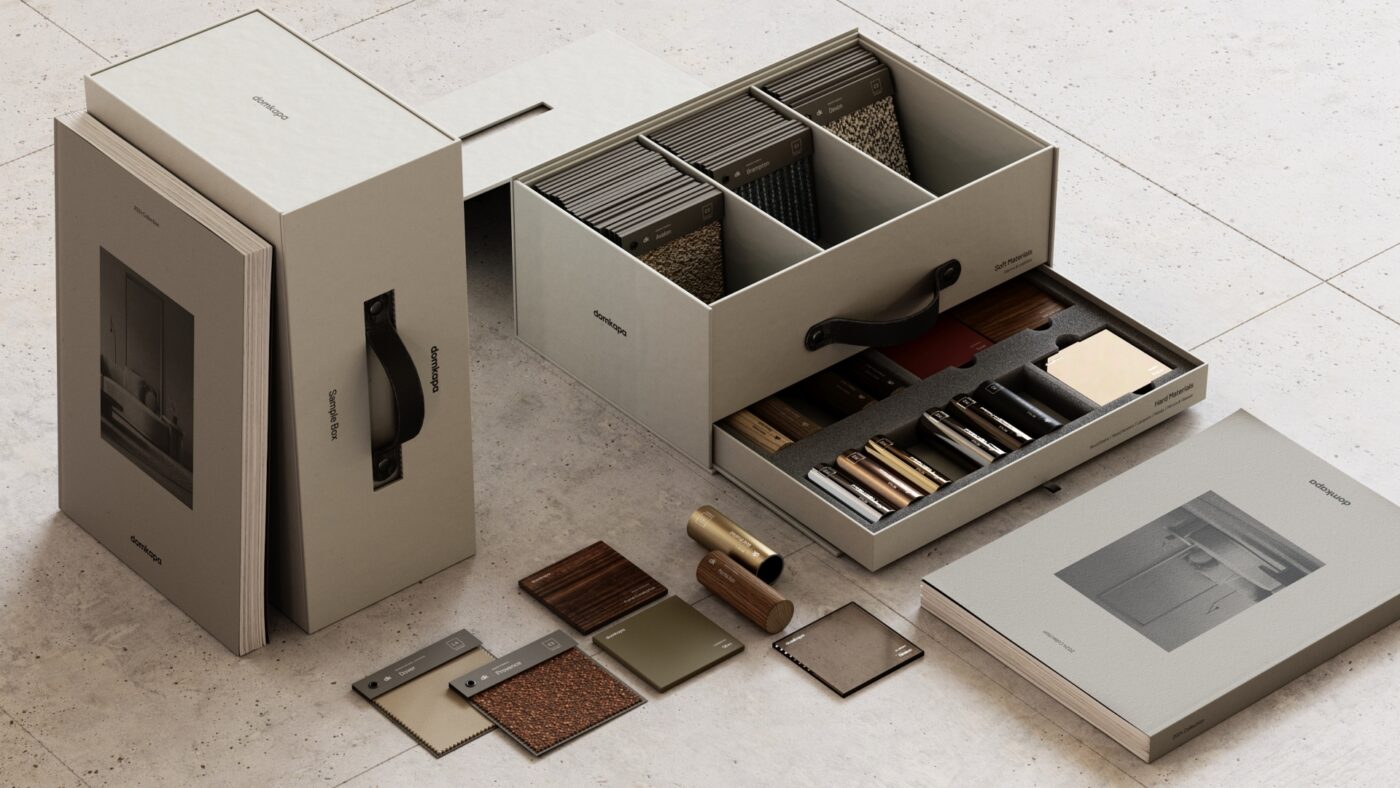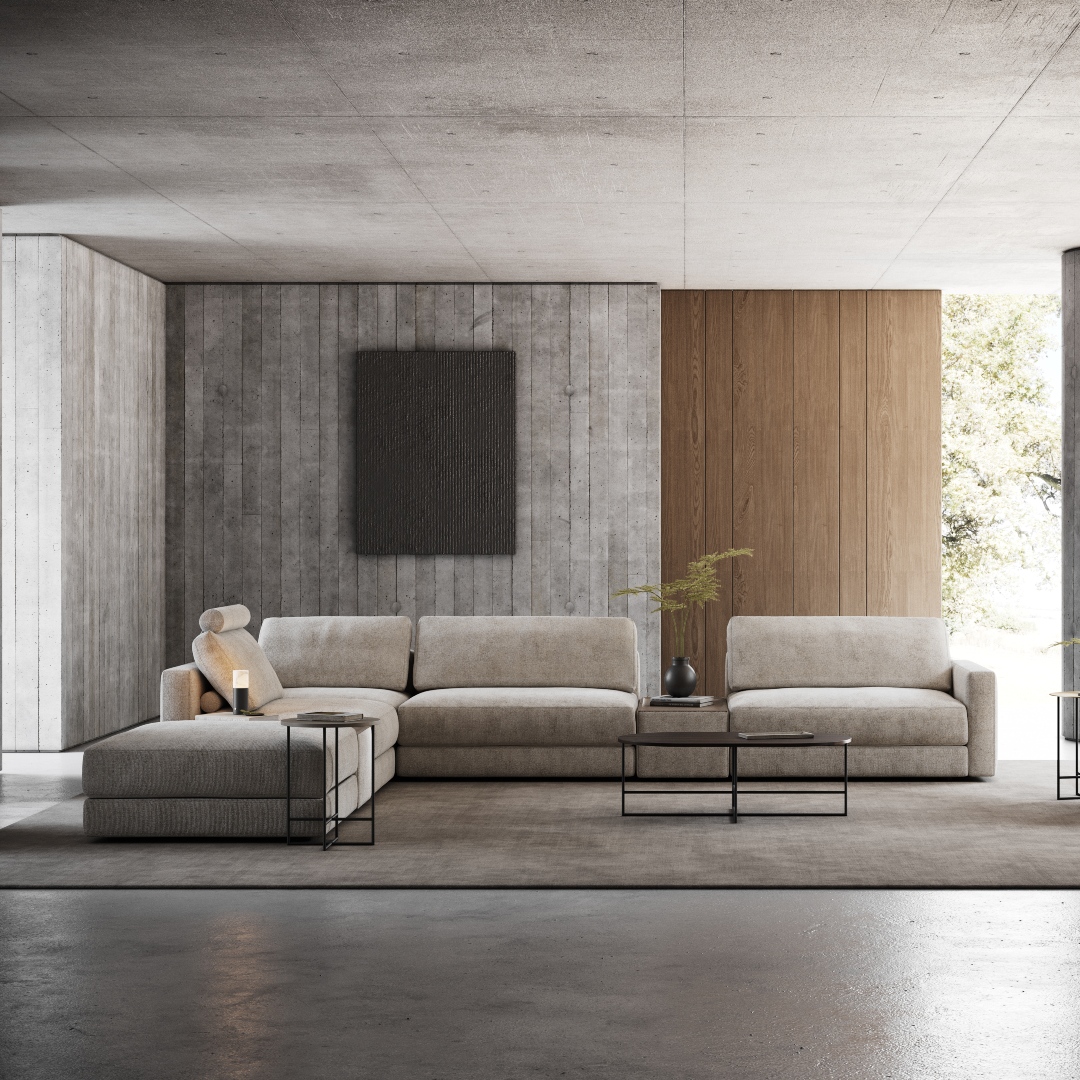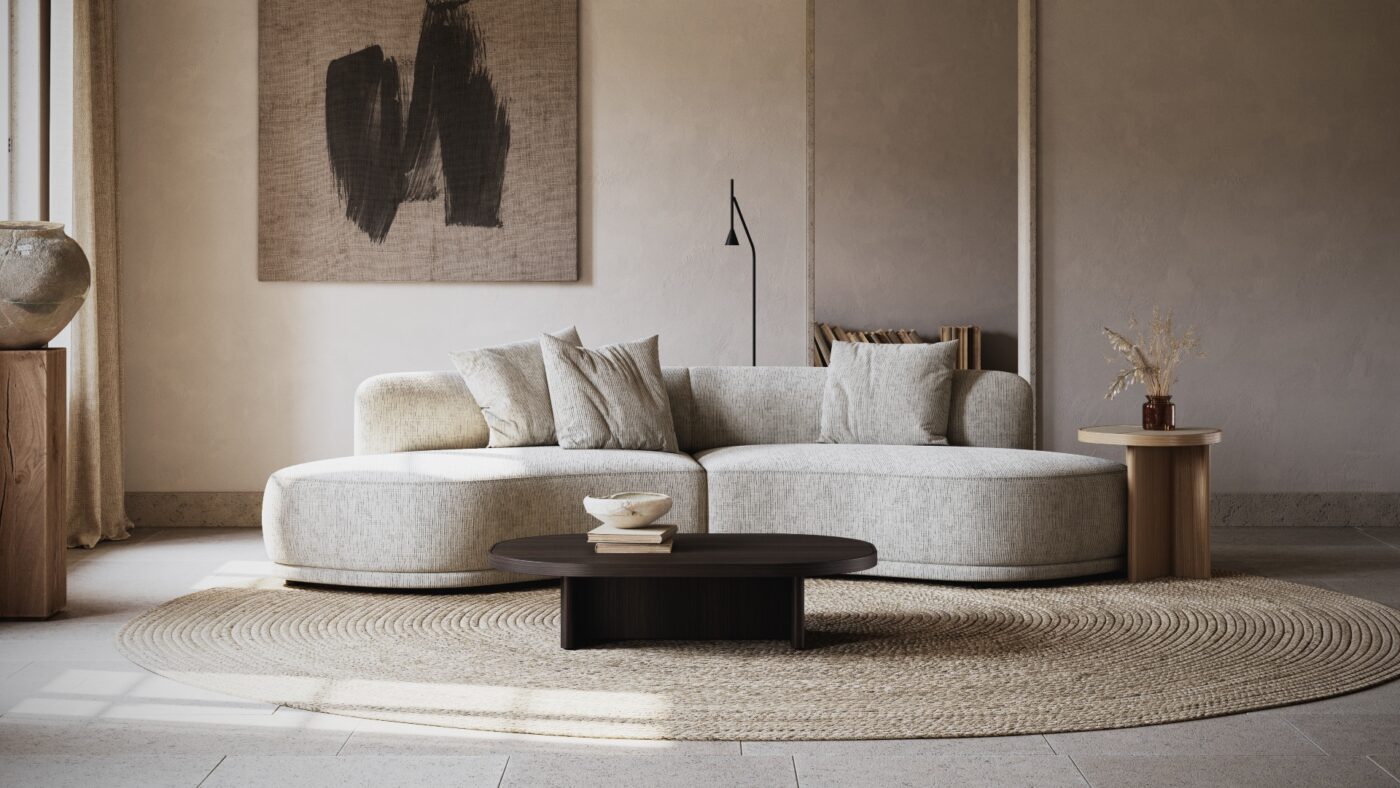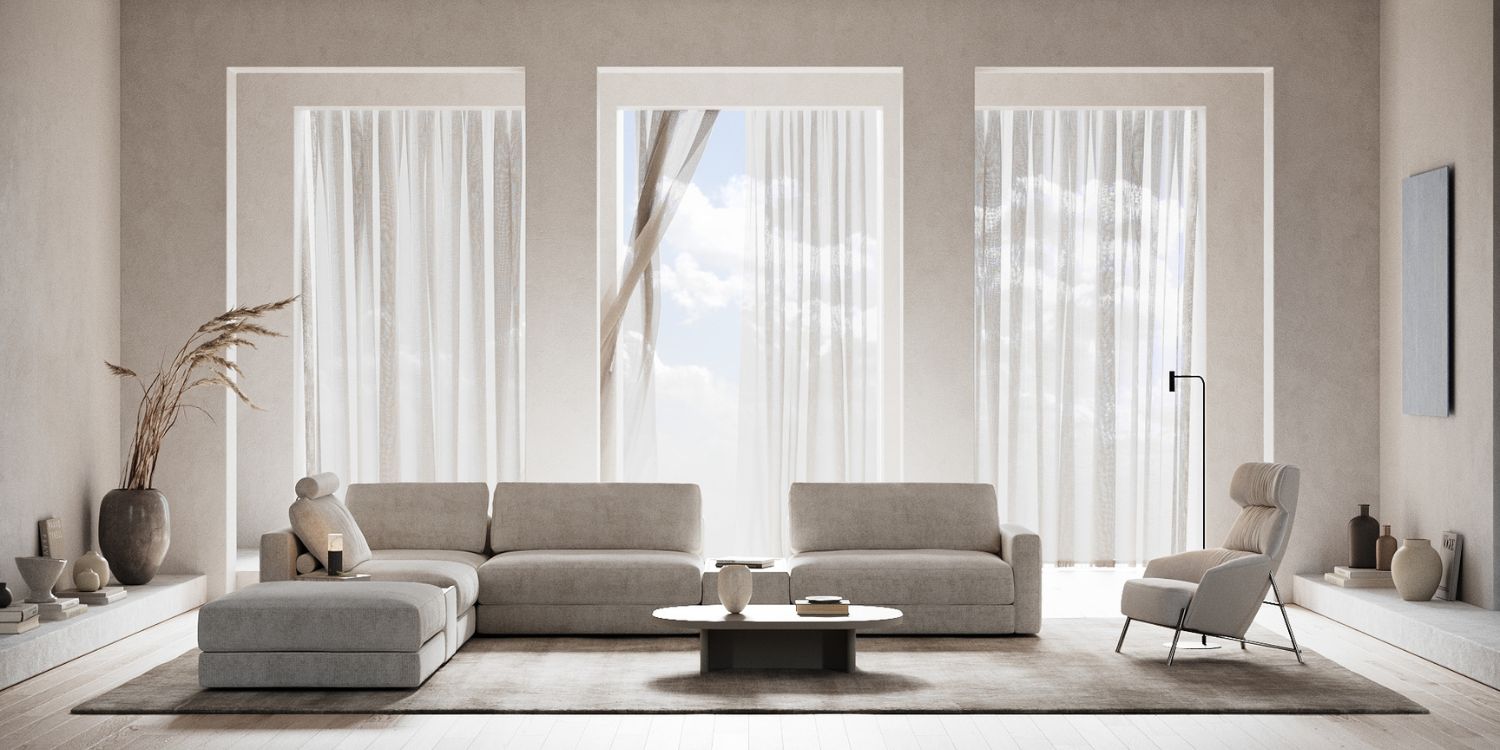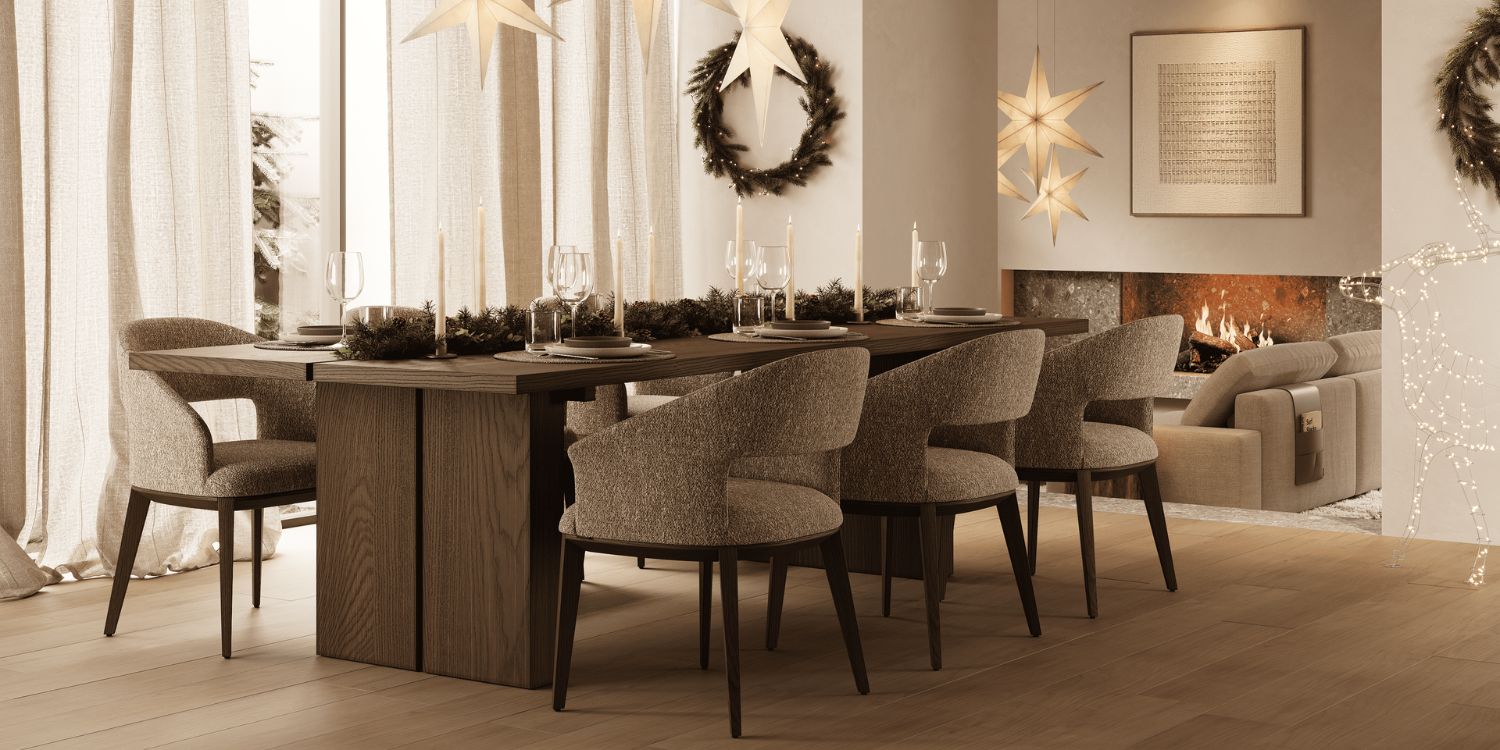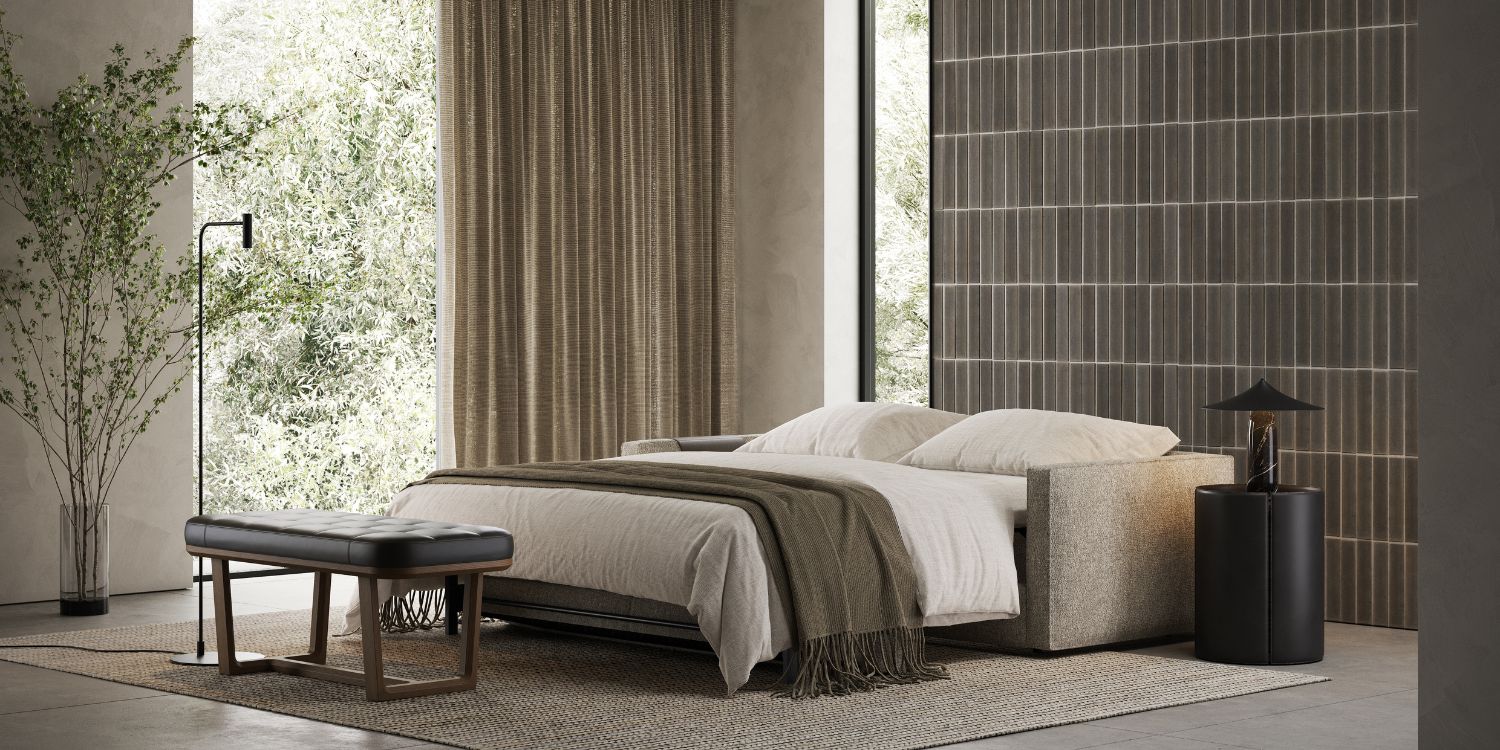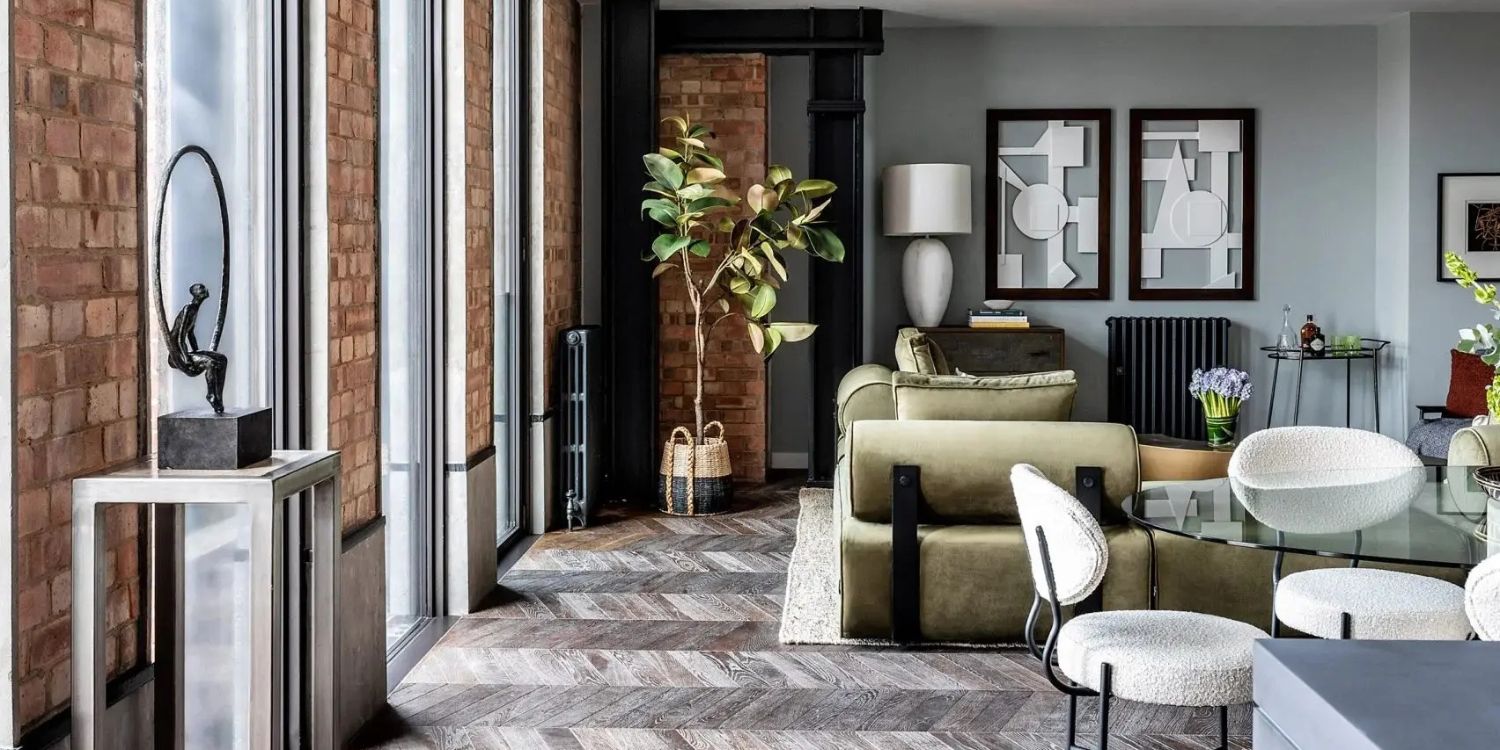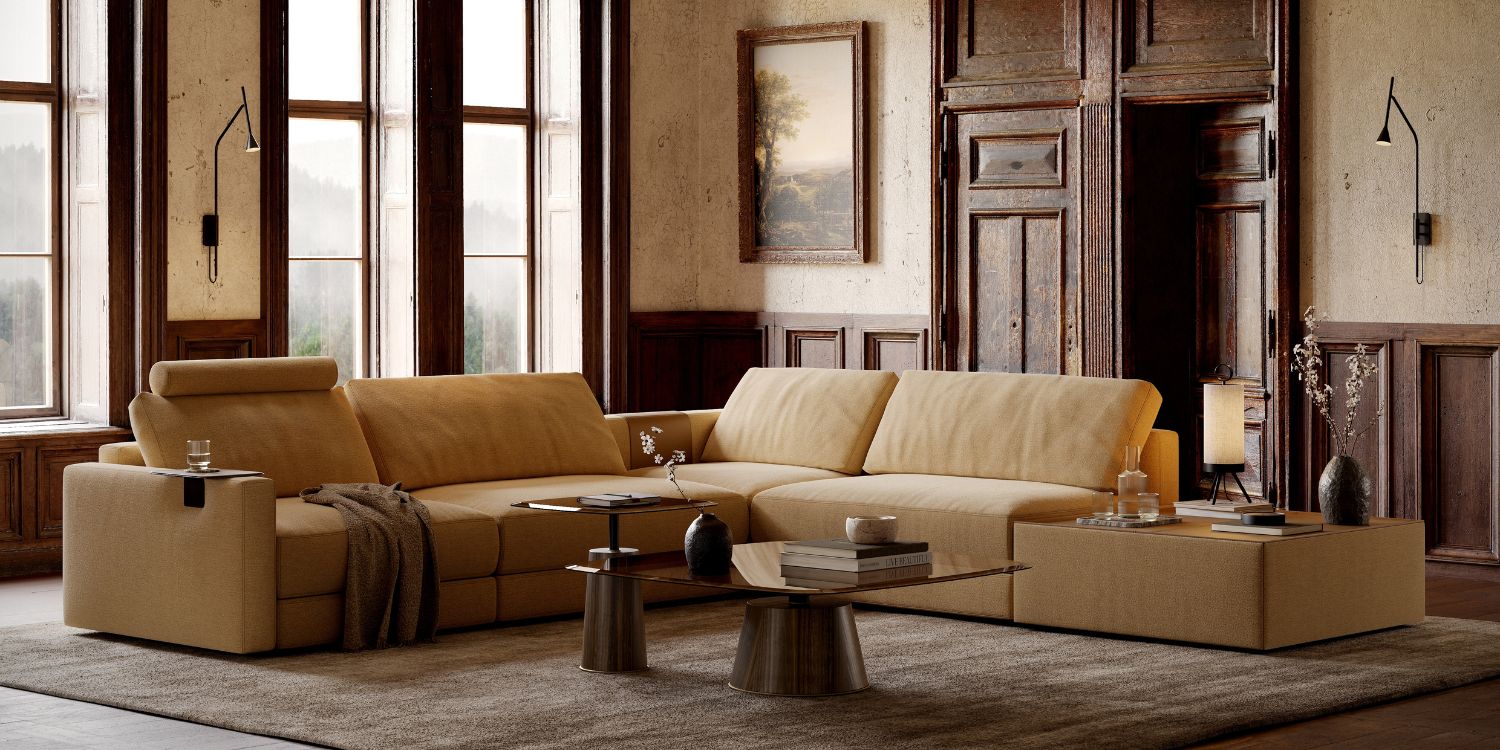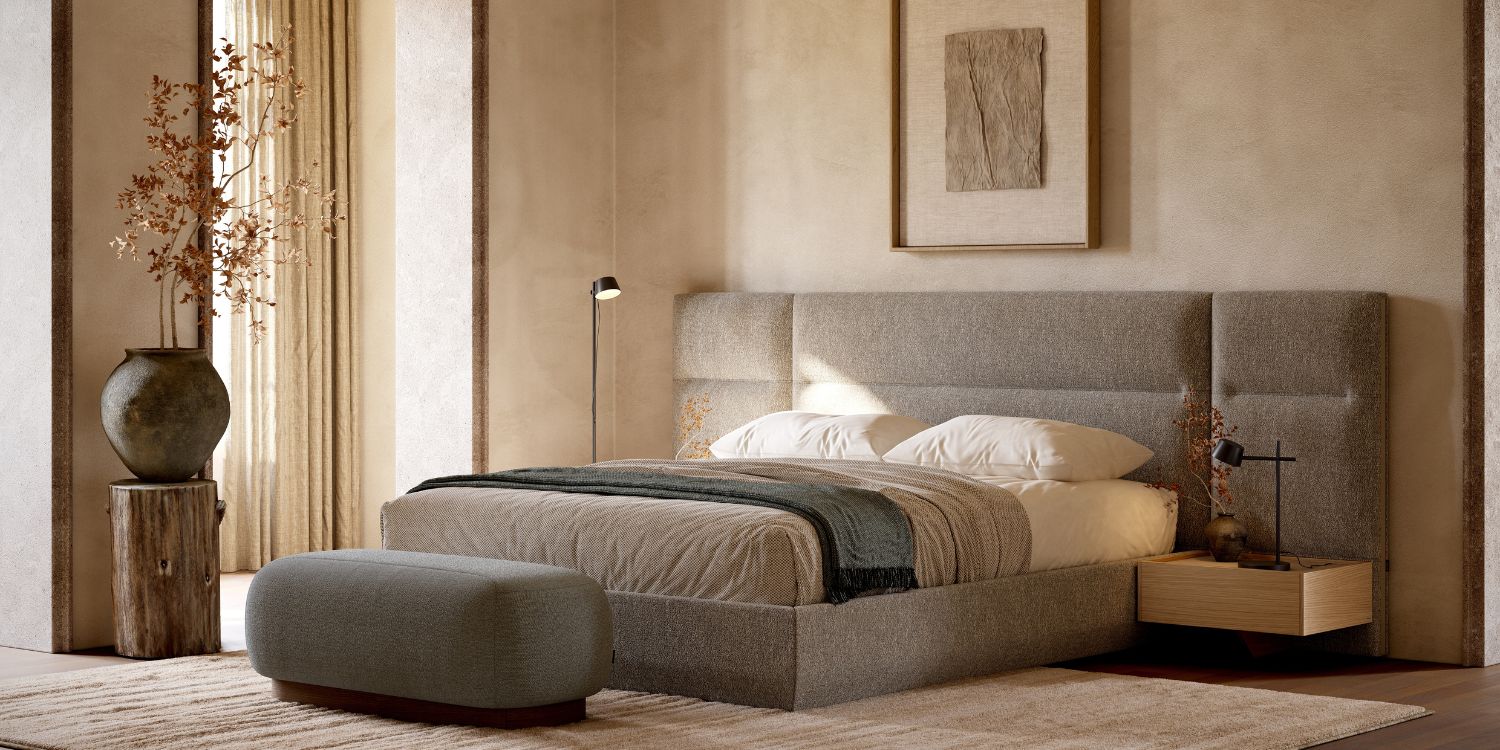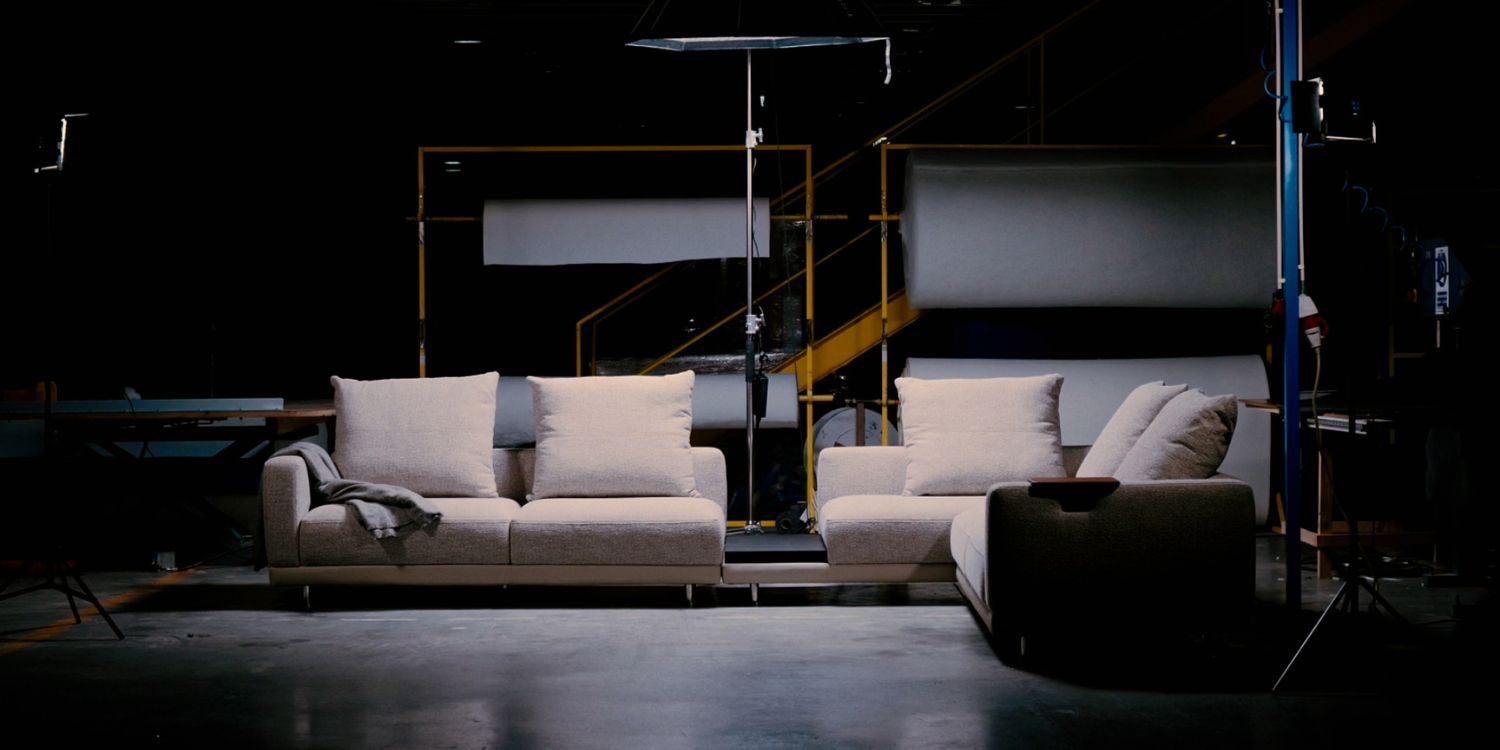As upholstery producers, we believe that choosing the perfect sofa colour is one of the most critical decisions in interior design. A sofa is often the centrepiece of a living room and its colour can set the tone for the entire space.
With this in mind, for interior designers, selecting the right hue involves more than just personal preference; it requires a deep understanding of colour theory, the client’s needs and the overall design scheme.
We gathered expert strategies to ensure you select the perfect sofa colour for any project. Keep reading!
What is the room’s purpose?
Before diving into colour options, it’s essential to consider the room’s purpose. Is it a formal living room meant for entertaining guests or a cosy family room where people will relax and unwind?
It is important to understand this parameter since the room’s function will heavily influence the appropriate sofa colour choice. For high-traffic areas, such as commercial spaces, consider darker shades or patterns that can hide stains and wear. In contrast, a formal living room might benefit from a lighter, more elegant colour that elevates the space.
Does it complement the existing colour palette?
A sofa colour should complement the room’s existing colour palette. Start by analyzing the dominant colours in the room—walls, flooring, curtains and other furniture. For a harmonious look, choose a sofa colour that matches or contrasts effectively with these elements.
- Monochromatic Design: Select a sofa colour within the same colour family predominant in the room but in a different shade or tone. This adds depth without disrupting the overall harmony.
- Complementary Colours: Choose a colour that contrasts with the existing palette to achieve a dynamic look. For example, a deep blue sofa can beautifully offset warm neutral tones in the room.
- Analogous Colours: For a balanced yet interesting approach, select a sofa colour that is next to the room’s dominant colour on the colour wheel. This creates a visually pleasing, cohesive effect.
What is the impact of lighting?
Lighting plays a crucial role in how colours appear. Natural light usually makes colours look more vibrant, while artificial lighting can alter hues. Evaluate the room’s lighting at different times of the day to understand how the sofa colour will look in various conditions.
- Bright Rooms: In spaces with abundant natural light, bold colours can be an excellent choice, as they won’t overwhelm the space.
- Low-light Rooms: In rooms with limited natural light, opt for lighter or warmer tones to prevent the space from feeling too dark or heavy.
Consider also the type of artificial lighting. Warm lighting can make cool colours appear more subdued, while cool lighting can make warm colours look more intense!
Fabric & Textures
The texture and material of the sofa can also affect how the colour is perceived. Velvet, for instance, can give the same colour a rich, deep appearance, while linen might present a softer, more muted version of the hue. When selecting the sofa colour, consider how the fabric will interact with light and the overall feel you want to achieve in the room.
Very important: Always test the colour in the actual room before making a final decision! Use fabric swatches and place them in the room at different times of the day to observe how they interact with the lighting and surrounding colours. This hands-on approach helps avoid surprises and ensures the chosen colour will work beautifully in the space.
Take into account the client’s personality
The sofa colour should reflect the client’s personality and taste. During consultations, discuss their preferences, lifestyle and how they envision the space. Some clients may prefer a vibrant, eye-catching sofa that serves as the room’s focal point, while others might lean towards something more understated and versatile. Understanding their vision will guide you in selecting a colour that they’ll love and that fits perfectly into their life.
Is Colour Psychology Important?
Yes! Colour psychology can be a powerful tool in creating the desired mood in a room. Different colours evoke different emotions:
- Blues and Greens: These colours are often associated with calmness and relaxation, making them ideal for spaces meant for unwinding.
- Reds and Oranges: These vibrant colours can add energy and warmth to a room, making them suitable for social spaces.
- Neutrals: Shades like beige, grey and taupe are versatile and can create a sense of balance and sophistication.
By understanding the psychological impact of colours, you can select a sofa colour that will look good and feel right for the space.
Selecting the perfect sofa colour is both an art and a science. Consider all the parameters and questions above, so you can make informed decisions that enhance the overall design. With these expert strategies, you’ll be well-equipped to choose a sofa colour that fits and elevates the space!
YOU MAY ALSO LIKE: Edit Design Studio: Crafting Family-Friendly Spaces With Edward Sofa
We are working every day to bring you the most stylish ideas to fulfil your inspiration and to create the best interior design projects so feel free to follow our Instagram Page and subscribe to our newsletter.

